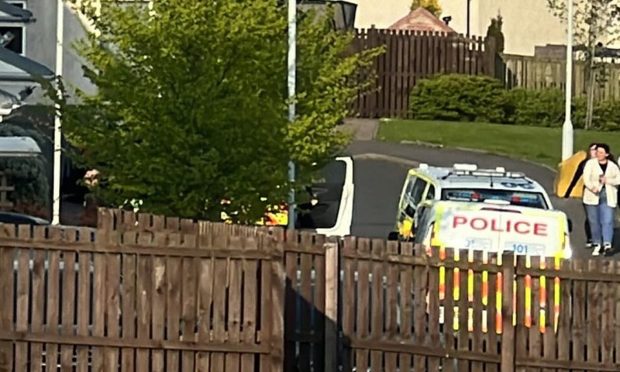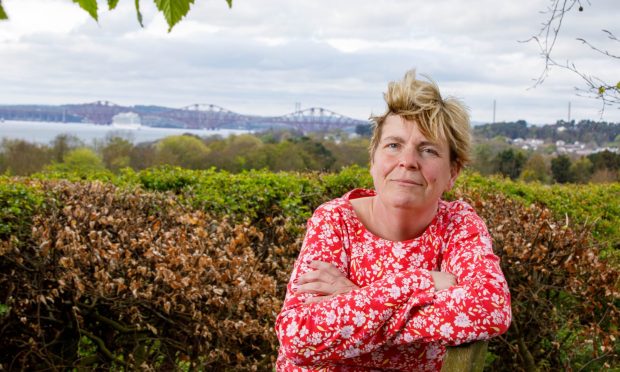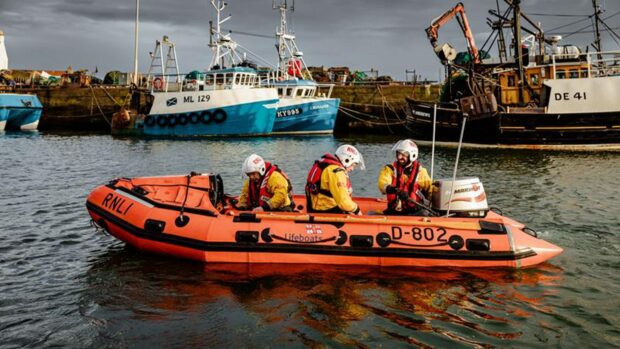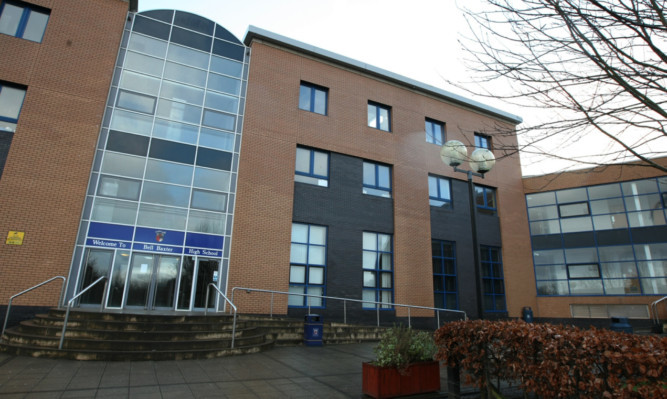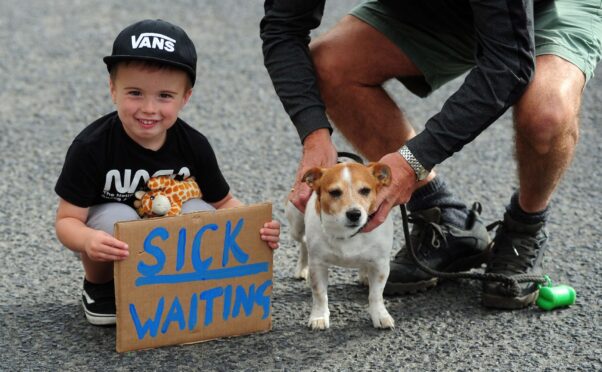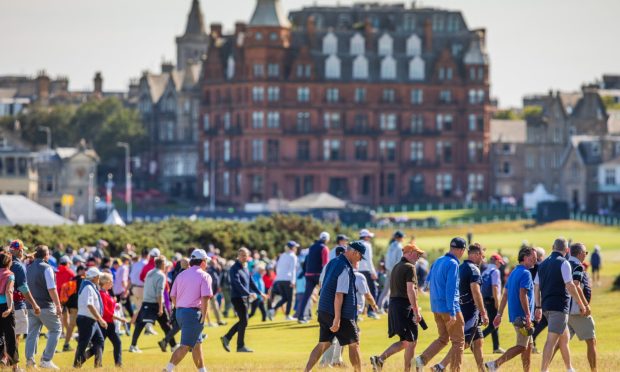A fascinating interactive map of parts of Dundee and Fife illustrate how the area has changed since the post-war era.
Aerial photography of the city and towns and villages across Country Country from the 1940s and the present day can be compared using a digital spyglass viewer.
Using the tool, people can see an instant comparison of modern day pictures from the air of the place where the live with black and white images of how it looked up to 75 years ago.
In Dundee they show massive growth in the area of Fintry and the west of the city since the post-war era.
New housing and commercial development have changed the land form beyond recognition.
Similiarly, in St Andrews new housing has resulted in the southern boundary of the historic town creeping even further south.
In central Fife, a whole town has appeared since the first photographs were shot from above.
Huge swathes of farmland shown in the post-war snaps became Scotland’s second new town of Glenrothes, founded in 1948.
Houses disappearing has also altered the landscape.
Near Burntisland, the older photography shows the old Binn Village, built to serve shale oil works and once populated by hundreds of people.
The last resident left in 1954 after the closure of the works and today only ruins of a few houses remain.
Near Kinglassie, today’s photograph show the loch which was the Westfield open cast mine between 1955 to 1998 and before that Kirkness Colliery.
The National Library of Scotland’s maps room shared a link to the Ordnance Survey air photo mosaics with its Spyglass viewer on Twitter to celebrate World Photo Day.
The mosaics provide information on the landscape of post-war Scotland, including detail of urban topography and land-use.
They complement paper mapping and represent the first widespread use of aerial survey methods by Ordnance Survey.
Due to post-war budget constraints, the 1940s photographs were taken from Spitfires and Mosquitos rather than slower aircraft more suited to aerial survey, and the planes were modified to take two cameras under each wing.
